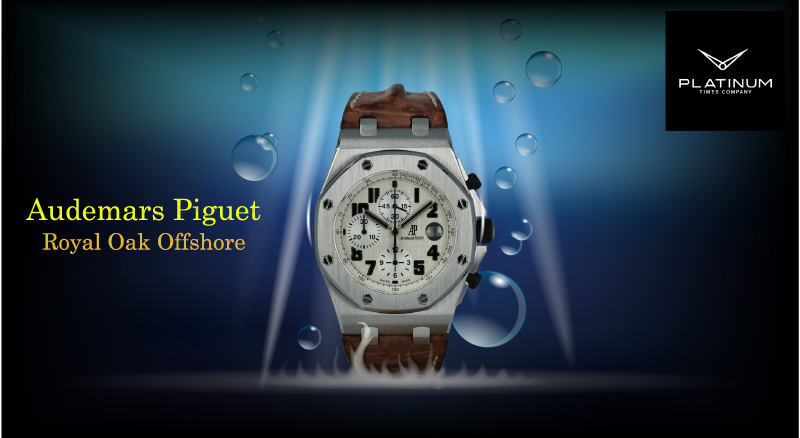UAE’s Manufacturing Sector: 3D Printing Adoption Comparison

The United Arab Emirates (UAE) has emerged as a global economic powerhouse, with a robust manufacturing sector driving its growth. In recent years, the adoption of 3D printing technology within the UAE’s manufacturing landscape has garnered significant attention.
This paper examines how the UAE’s manufacturing sector compares internationally in terms of 3D printing adoption.
Overview of the UAE’s Manufacturing Sector
The UAE’s manufacturing sector plays a pivotal role in its economy, contributing substantially to its gross domestic product (GDP) and employment. Key industries include aerospace, automotive, construction, and healthcare, among others. The government has been proactive in promoting industrial diversification and innovation, making the UAE an attractive destination for manufacturing investments.
The Rise of 3D Printing in the UAE
In recent years, the UAE has witnessed a rapid uptake of 3D printing technology across various industries. This surge can be attributed to several factors, including government support, technological advancements, and increasing awareness among businesses about the benefits of additive manufacturing.
Government Initiatives and Support
The UAE government has implemented various initiatives to promote 3D printing adoption in the manufacturing sector. For instance, Dubai launched the “Dubai 3D Printing Strategy,” aiming to position the city as a global hub for 3D printing technology by 2030. Additionally, the establishment of specialized zones, such as the Dubai Industrial City, provides infrastructure and support services tailored to manufacturing, including 3D printing facilities.
Technological Advancements
Advancements in 3D printing UAE technology have played a crucial role in driving its adoption in the manufacturing sector. The development of high-performance 3D printers capable of producing complex geometries with a wide range of materials has expanded the applicability of additive manufacturing across industries.
Moreover, the integration of automation and digitalization into 3D printing workflows has enhanced efficiency and productivity.
Increasing Awareness and Education
Awareness about the potential of 3D printing technology has been steadily growing among businesses and entrepreneurs in the UAE. Educational institutions and research centers have also been instrumental in promoting 3D printing through training programs, workshops, and collaborative research initiatives.
This concerted effort to build expertise and skillsets in additive manufacturing has fueled its adoption across the manufacturing ecosystem.
Comparative Analysis: UAE vs. International Landscape
When comparing the UAE’s manufacturing sector with its international counterparts in terms of 3D printing adoption, several key factors come into play:
- Investment and Infrastructure: The UAE has made substantial investments in infrastructure and research facilities to support 3D printing adoption. However, countries like the United States, Germany, and China have a more established ecosystem with a larger number of 3D printing service providers, research institutions, and industrial clusters dedicated to additive manufacturing.
- Regulatory Environment: The UAE has been proactive in establishing regulations and standards to govern 3D printing activities, ensuring safety, quality, and intellectual property protection. While regulatory frameworks vary across countries, some regions, such as the European Union, have more comprehensive regulations addressing the entire lifecycle of 3D printed products.
- Industry Focus: The UAE’s manufacturing sector is highly diversified, with a focus on industries like aerospace, healthcare, and construction. In comparison, countries like Germany excel in high-precision manufacturing, while China leads in mass production and consumer electronics. Each country’s industrial strengths influence the application and adoption of 3D printing technology.
- Research and Innovation: The UAE has been actively promoting research and innovation in 3D printing through collaborations between academia, industry, and government entities. Internationally, countries like the United States and the European Union have well-established research networks and funding mechanisms supporting additive manufacturing R&D.
- Market Penetration: While the UAE has seen significant growth in 3D printing adoption, its market penetration in terms of additive manufacturing’s share of total manufacturing output may still be lower compared to countries with more mature ecosystems. However, the UAE’s strategic initiatives and investments position it as a frontrunner in the region.
Conclusion
In conclusion, the UAE’s manufacturing sector has made substantial strides in embracing 3D printing technology, driven by government support, technological advancements, and increasing awareness.
While it may not yet rival the leading international players in terms of sheer scale and market penetration, the UAE’s focused efforts and strategic initiatives have positioned it as a competitive player in the global additive manufacturing landscape. With continued investment, innovation, and collaboration, the UAE is poised to further strengthen its position as a hub for 3D printing in manufacturing on the international stage.






